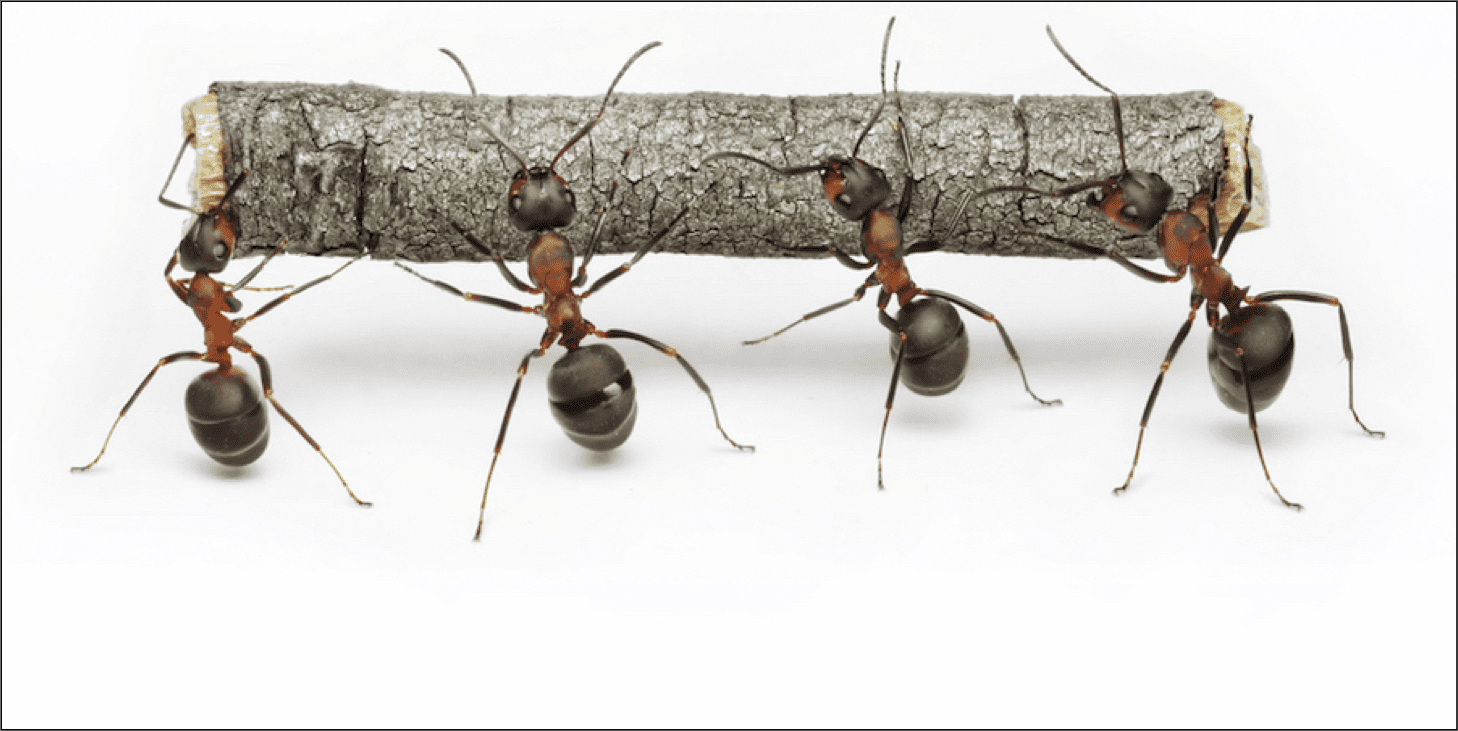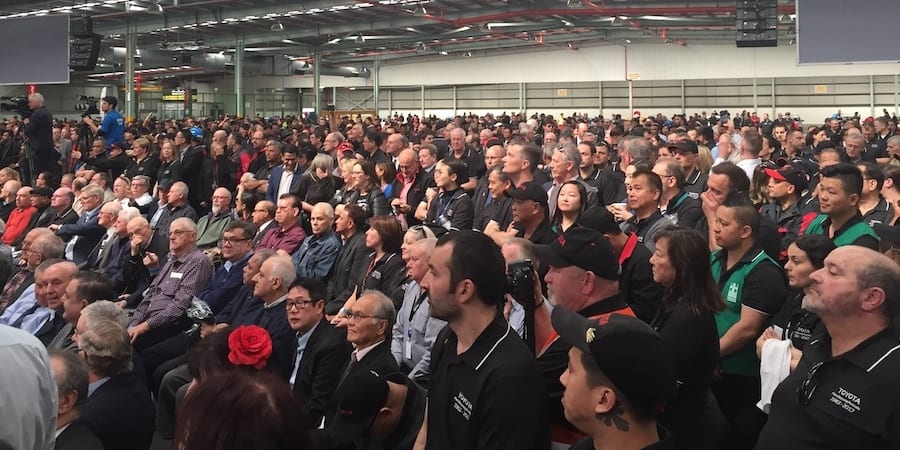
The journey of a website from agile to lean thinking
INTERVIEW – After transitioning from agile to lean kanban, French insurance comparison company LesFurets.com has found in lean management an ever stronger foundation for value creation.
Interviewee: Dimitri Baeli, Chief Technology Officer, LesFurets.com
Planet Lean: Tell us about LesFurets.com, please.
Dimitri Baeli: LesFurets.com is an insurance comparison website. Our remit is to provide insurance proposals for consumers to make it easier for them to select the policy they need. In essence, we strive to become the Expedia of the insurance market – segmenting its offering based on the type of policy people are after (travel, life, home, professional, etc). You probably know Geico in the US or CompareTheMarket.com in the UK (our sister company within the BGL Group).
The market for insurance comparison first appeared around 17 years ago, and we have been around for the past eight. In France, the insurance market is still based on face-to-face interactions, and our potential for growth is therefore huge.
PL: Aggregating the insurance offering in so many segments of the market sounds like a daunting task. Is it a challenge?
DB: Yes. The main challenge is the capability to map every insurer’s web service (to produce our comparisons, we reach over 50 web services at once, in real time), in an environment where business complexity is rife. Insurance forms carry between 40 and 200 fields, and even though many of the questions insurers normally ask are more for themselves than for the consumers, they all have an impact on the price of at least one insurer. Our service simplifies things for end users, helping them to avoid mistakes in filling the forms and ensuring they receive clear proposals quickly.
PL: What can you tell me about the nature of your coding work?
DB: With half a million Lines of Code (LoC), our code base is twice the size of the seven books in the Harry Potter series – or seven 500-page dictionaries – and our 25 developers release a new, modified version every day. We don't often add new chapters, but we consistently change the storyline – it can be a one-word change or a 1,000-word change – to produce a fully usable new “edition.” The challenge is to keep each new version clean and functioning, and that’s where our turn to continuous delivery has paid off: because it entails frequent (currently 5 to 10 per day), smaller and more manageable releases, as well as testing at every stage and a system that only lets working code through, continuous delivery normally translates in less errors and a smoother delivery process.
PL: What is the evolution of your improvement journey?
DB: LesFurets.com started operating eight years ago as an agile organization. Back then the company was rather traditional, however, with monthly releases and testing cycles. We were doing well as an organization, but around five years ago the IT Director and the Architect decided it would be good to run experiments to boost our capability to release content and hired me to do that. The web – more than software – lends itself to more frequent releases, because the feedback loops are very short and the interaction with customers is constant.
At first, we didn’t know what we were after exactly (not very lean, I know) but we started to wonder whether delivering more often could bring more value to our customers. “Improve devteam capabilities,” we called it. As we improved the system and moved from monthly to weekly releases, in 2013, we realized how badly monthly planning had been harming us: we were asking marketing people what they would need from us developers in a month’s time and they simply didn't know or wanted too many things at once. We were proud to do everything that was planned a month ahead, without really knowing whether or not the changes we implemented would add value, or if the need was still unclear. Eventually, we moved to on-demand continuous delivery.
PL: Can you give us a bit more information on how this switch to continuous delivery took place? What about lean thinking?
DB: Historically, LesFurets.com went through two major phases: agile (with scrum and sprints) and lean kanban (continuous delivery). At the moment, we are starting our third phase, stepping into lean thinking. We find this is a better way to improve the value delivered.
With agile, we tended to be very solution-driven, following the recipe that would allow us to securely deliver software with confidence. When we introduced lean kanban, we went from planning in a monthly fashion and releasing weekly to only initiating the pieces of work our teams were ready for – taking inspiration from flow. Continuous delivery was an expression of the change taking place in the organization: for too long our focus had been on keeping everyone busy rather than solving problems and doing the things that actually create value. With the lean lenses we are now wearing, I realize that we have placed our focus on making our people autonomous and developing leadership capabilities.
In many ways, when we started with continuous delivery we were already applying lean thinking to our work. We just didn’t know! After all, our aim was to deliver more value.
PL: In your mind, what is the interaction between lean, agile, kanban and all these different approaches?
DB: The ideas behind continuous delivery and agile fit nicely with lean thinking. These different worlds don’t really know each other and don’t work together very often, but I think they should. It is all the same kind of thinking, really. People think the gap between lean and agile or continuous delivery is very large, but it isn’t. We are actually more compatible than competing.
Lean at LesFurets.com is very new, but there is no doubt it has helped us to understand how we operate and why continuous delivery is the way to go: embracing it helped us to focus more on value delivery than on the time spent doing our work; more on what is needed than on the room we had to get something done. Releasing what’s needed, finishing what we start and keeping the system clear are the only way forward for an organization like ours, and I am sure we will never go back to our previous planning-based approach. We have a long journey ahead of us as we bring this way of thinking at company or group level… but dreams are for free, aren’t they?
PL: Any fun fact, before we go ?
DB: I received a creativity award within the BGL Group for the work I have done with the IT Team (which I just told you about). From my point of view, we simply experimented with agile, lean kanban, continuous delivery and lean thinking to make things better, and it took a while to actually realize that lean is actually an enabler for highly creative processes. What a nice surprise that was for me!
THE INTERVIEWEE

Read more


FEATURE – The conflict unfolding in Ukraine acts as a tragic reminder of the threat posed by despotic, unapproachable, and paranoid leaders, says Sharon Visser.


OPINION – Development managers and start-up entrepreneurs are under the illusion that innovation is just the work of especially talented individuals, but in today's world resource sharing and teamwork are preferable.


FEATURE – If we have high-volume (green) and low-volume (red) items in our production schedule, doesn’t it make sense to also have dedicated green and red equipment whenever possible?



FEATURE – Last year’s shut-down of Toyota’s Altona plant in Australia moved us all. Here, the former Divisional Manager of Manufacturing offers a first-hand account of how the company made the most of a terrible situation.

